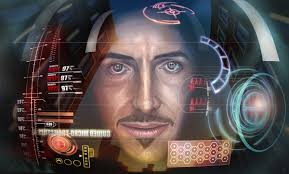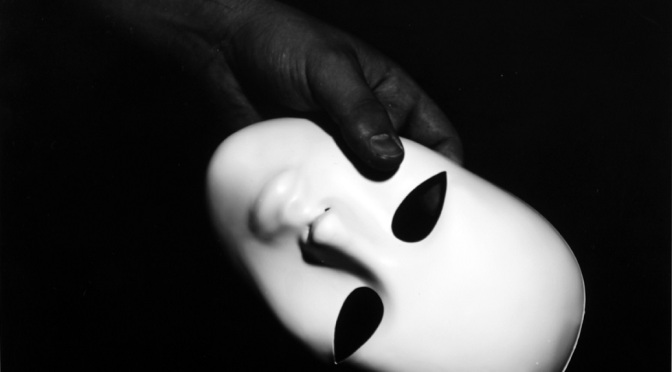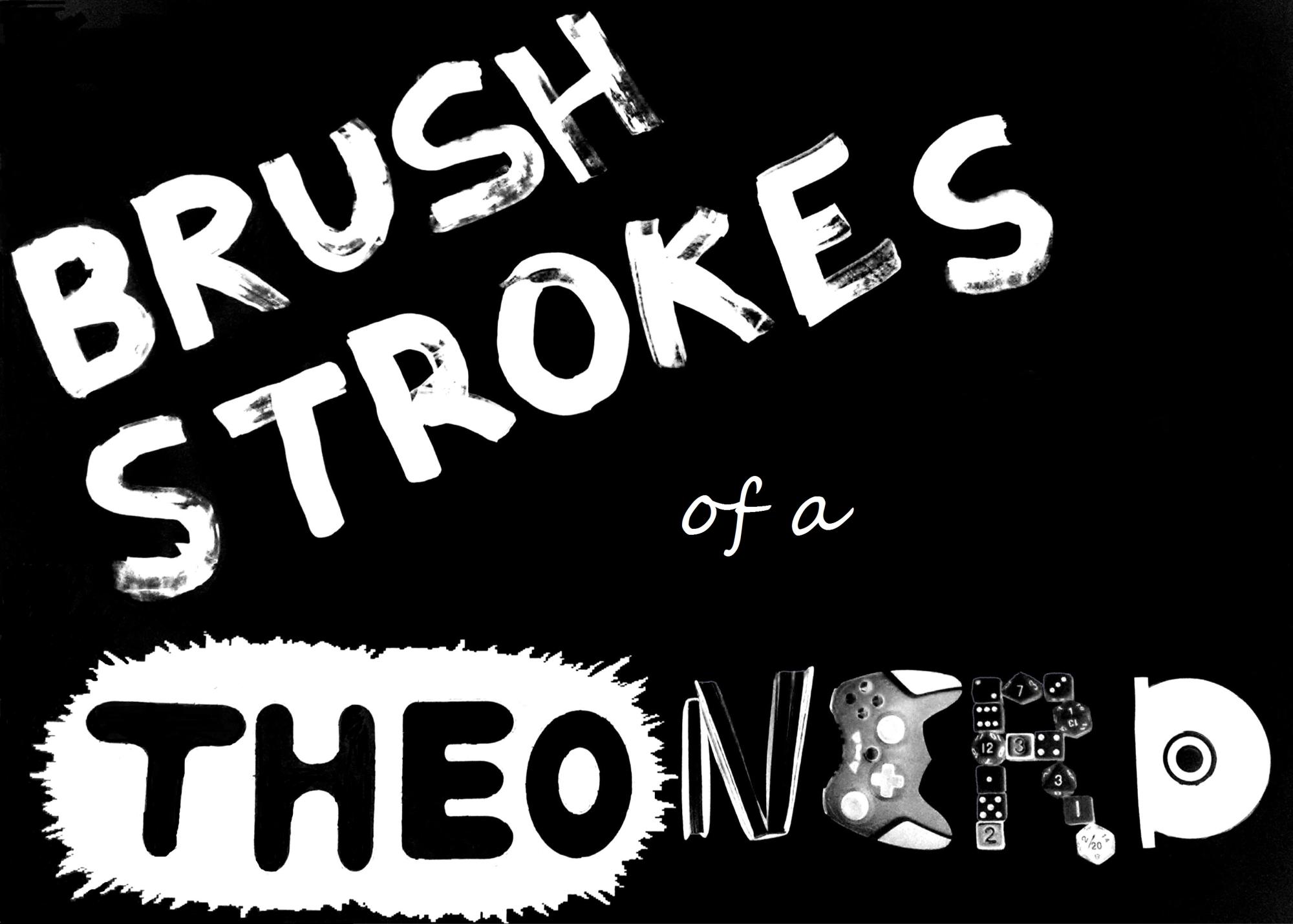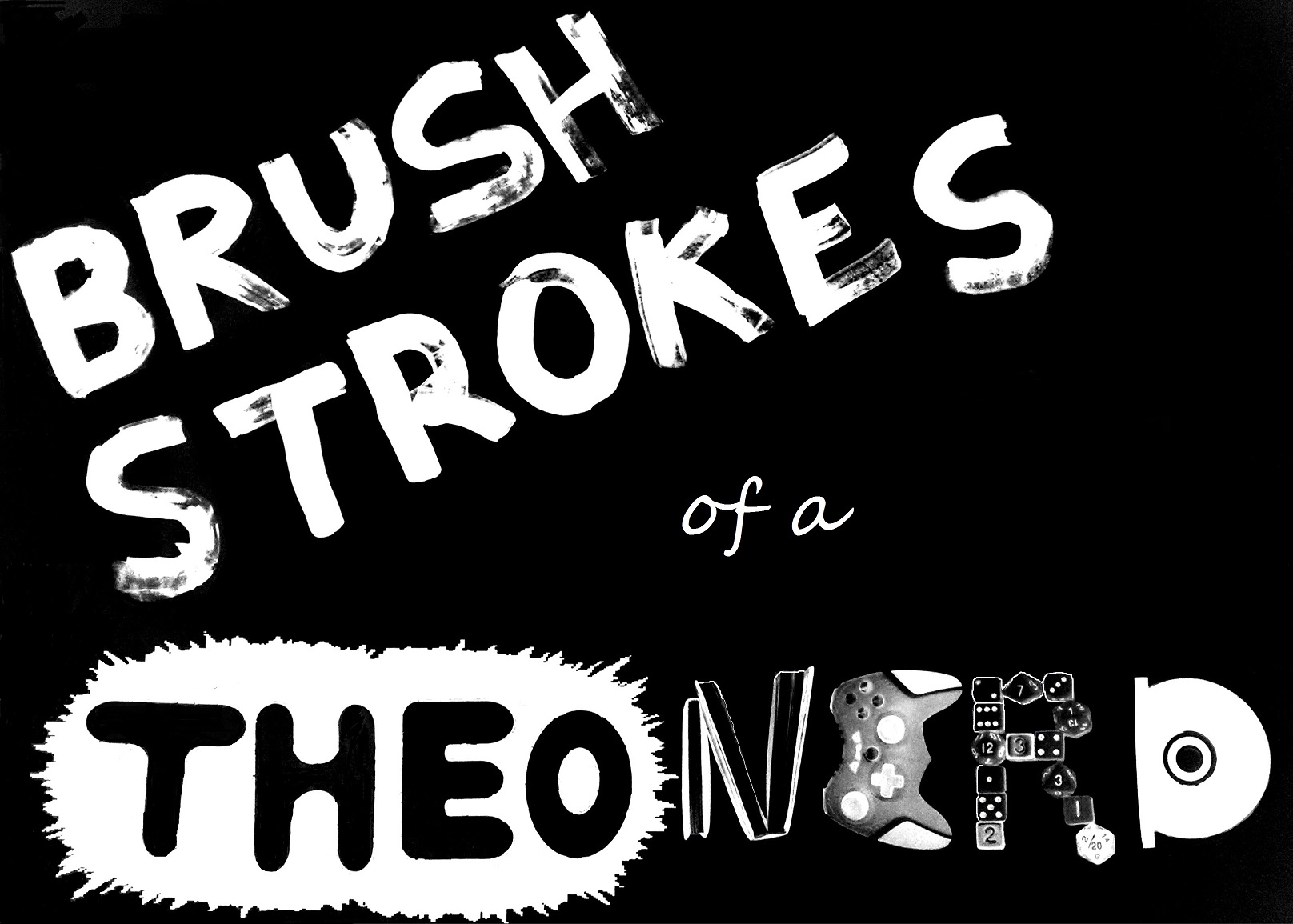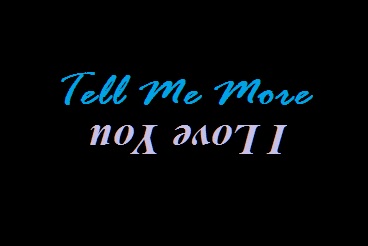Unmasked
By Anthony Casperson
9-21-19
Have you noticed, since the release of the original Iron Man movie, that the inside-the-helmet view with light-up HUD has become quite a common visual perspective? It isn’t difficult in a comic book or animated form to draw anthropomorphic facial queues on superhero masks so that the audience can observe the heroes’ “face.”
However in the physical reality of certain media, such as film, it’s a bit more difficult to portray the emotional range of the actor when the mask is an unmoving hunk of metal. Though some masks might be able to “emote” a bit, like the microservos adjusting Spider-Man’s “eyes,” and there are quite a few masks that only cover certain parts of the hero’s face, it can still be difficult to see the human under the mask.
The pain, the anger, the joy, the sarcastic smirk, all remain bound beneath the façade. It’s part of the reason why so many superhero films hit their climax when the hero removes their mask. The restriction of the façade that doesn’t allow actual human interaction makes it difficult to have dramatic story beats when the audience can’t see the face.
And this is where the HUD view comes into play. Even if the characters wouldn’t be able to have a real human emotional interaction, since the mask is in the way, the audience can still simulate the human connection as the camera shifts perspectives to each character. (Or in some cases, have a video feed in the HUD showing both individuals in one shot.)
So if movies and other visual media have come to understand that masks hide the humanity underneath, why is it that so many people still try to hide behind metaphorical masks in everyday situations? Why do we “put on a brave face?” Why do we fake those smiles? Why do we cover up our insecurities under bravado? Why do we put on the façade that we think everyone wants to see, when real human interaction is what we crave?
We speak of authenticity, yet hide our true selves from everyone we meet. We strive after various types of relationships and build them on the lies of a mask. We tire ourselves out as the persona assumes control of our interactions. And the human underneath fades into the mask.
It’s much more work to keep up appearances than it is to willingly express our true feelings. We expend such energy to appear happy when all it does is perpetuate our loneliness. The pain, depression, and anxiety are swept under the rug, all so that what everyone sees is the filtered version of ourselves. And the authentic human being suffers under the veneer.
But how can there be healing if we never express our pain? How can we feel acceptance if we never let someone see the real us? How can the expression of our true selves be seen if we don’t remove the mask?
In Luke 18:9-14, Jesus tells a parable of two men. One is a Pharisee and the other a tax collector. In the experience of the people to whom Jesus spoke, the Pharisee would be seen as the epitome of a godly person (someone who had it all together) and the tax-collector would be thought of as a traitor to their people (someone who deserved no good thing).
The Pharisee thanks God that he’s not a person of contempt, like many different types of people (including the tax-collector right there). And he says it out loud for all to hear. Matthew 6:5 shows that Jesus knew that the Pharisees liked to pray out loud so that all could hear them.
And this would include the very tax-collector whom the Pharisee is looking down on. He’s verbally condemning this other person who has come to God. Yet, the Pharisee also builds himself up by proudly showing his merit badges to God. “This one’s for fasting. Oh, and this one’s for tithing.” It’s a mask of self-importance, donned so that others think them worthy of being called righteous.
Jesus’ perspective shifts over to the tax-collector. This man who couldn’t even lift his eyes before his God (because of his shame) comes in the posture of humility. And he prays a simple prayer. “Be merciful to me, a sinner.” This man knew what he was and what that meant. He knew that only by the mercy of God could he ever hope to be found righteous. Only by displaying his true humanity could there be the desired connection.
The Pharisee wore the mask of the perfect little religious person, while condemning everyone who couldn’t wear a similar façade. But the tax-collector came without a mask, without pretense. The real human and all of his insufficiencies before his God.
And whom does Jesus say was shown to be right in the sight of God? Who does Jesus call out to be the one whom we should imitate? The one who came unmasked, the tax-collector.
Healing comes when we reveal our wounds. Some healing comes through God’s miraculous provision. But healing also comes from showing our true selves to other human beings. We have to be real with each other before we can be healed. Sure, we have to be careful to reveal our pain to people who actually want to help us heal, but hiding behind a mask for our own protection won’t help either.
The healing awaits us to find its moment. Will we remove the persona so that the humanity underneath can be seen? The time has come in our story to remove the mask.
